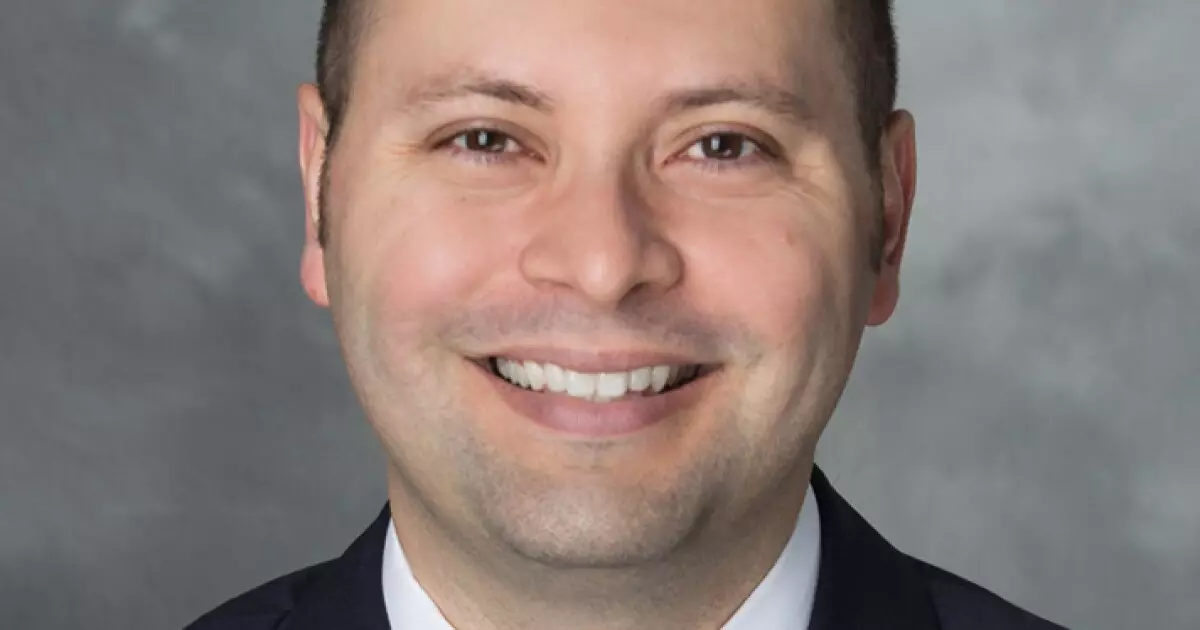The Federal Open Market Committee (FOMC) has made a pivotal decision to maintain interest rates within the 4.25% to 4.5% range, succumbing to the mounting uncertainties in the economic landscape. Analysts and market observers are skittish; many suggest that this move signals a hesitance to cut rates anytime soon—potentially delaying such actions until September. This indecision from the Fed showcases the intricacies of navigating a dual mandate that now seems increasingly at odds with reality. The socio-economic conditions present call for severe scrutiny, as inflationary pressures and rising unemployment cast shadows over the economy’s health.
Fed Chair Jerome Powell’s remarks reflect an unsettling truth: the central bank is not entirely confident about the trajectory of the economy. This uncertainty places Powell in a position where predictions become futile, and painting a rosy picture seems less and less plausible. His acknowledgment of past interactions—or lack thereof—with former President Donald Trump exemplifies the challenging environment he must tread carefully. Rather than committing to any course of action, he evades questions that would demand a clear cut answer regarding potential rate cuts. The lack of predictability here paints a vivid picture of a committee caught between acknowledging real-world complexities and appeasing political expectations.
The Dichotomy of Tariffs and Growth
The profound implications of the ongoing trade strategies are beginning to materialize as Fitch Ratings Chief Economist Brian Coulton emphasizes the ‘tariff shock.’ As businesses grapple with tariffs, economists forecast a simultaneous reduction in real GDP growth paired with higher prices. This conflict places the Fed in a precarious position—labor market improvements necessitate one type of policy action, while escalating inflation pressures suggest the complete opposite. This fundamental contradiction not only leads to macroeconomic ambiguity but also risks eroding public trust in the institution’s capacity to respond effectively.
To navigate this complex landscape, businesses must close ranks to adapt to the impending economic shifts. The friction between maintaining employment levels and curbing inflation creates a battlefield where every policy move is critically scrutinized. It is a perfect storm of discontent where the common citizen feels the outsider, waiting for leadership that is increasingly reactive instead of proactive.
The Role of Consumer Confidence
Consumer confidence plays a substantial role in the Fed’s decision-making process, and with ‘solid’ consumer spending metrics on the table, any hesitation to act must be assessed with keen insight. Nevertheless, as Wells Fargo’s Luis Alvarado articulates, the looming risks of continued inflation “remain sticky.” This sticky inflation indicates a scenario where the various elements affecting economic dynamics are not fully realized, leading investors to shy away from aggressive moves. Instead, an intermediate strategy through treasuries may be wise: balancing attractive yields against the risk of rising interest rates.
As companies begin to scrutinize their economic positions, questions around investment freezes and payroll adjustments arise. The confidence of the workforce becomes paramount. Will businesses hold off on expansion and cut staff to brace for a potential sharp downturn? The complex interplay of labor market dynamics and inflation cannot be overstated; they create a feedback loop that could either bolster economic resilience or contribute to stagnation.
Political Interference or Economic Reality?
The Fed, amidst this conundrum, finds itself caught within the broader political maelstrom. Sources like Jay Woods suggest that the ball has been thrown back to Trump’s administration, leaving the market adrift without concrete leadership. The forecast remains shrouded in uncertainty as trade policies navigate through treacherous waters partly dictated by political factors. The presence—or absence—of credible communication from Washington influences fiscal expectations and investor sentiment alike.
The Fed’s reaction to the evolving economic environment will not only dictate its strategies in terms of interest rates but also tell a story of resilience or failure in the face of adversity. If the administration’s interventions are seen as ineffective or nebulous, market faith could wane, pushing the Fed towards more radical decisions.
Vision for the Future: An Evolving Economic Landscape
As we observe the Fed’s cautious stances and economic forecasts swing like a pendulum, the urgency for a concrete plan is palpable. Central banks must embrace adaptability that reflects the unpredictable nature of the current climate. The Fed must weigh the consequences carefully; any miscalculation could tilt the economic balance toward an unwanted recessionary path or accelerate inflation in ways that chip away at the American dream.
In this environment flush with variables, there exists no playbook that guarantees success. However, the call for proactive governance, accompanied by sound economic principles, will determine whether we can climb out of the dual maelstrom of stagnating growth and surging inflation. As this complexity unfolds, where will leadership stand? The question looms as continuously as the uncertainty.

